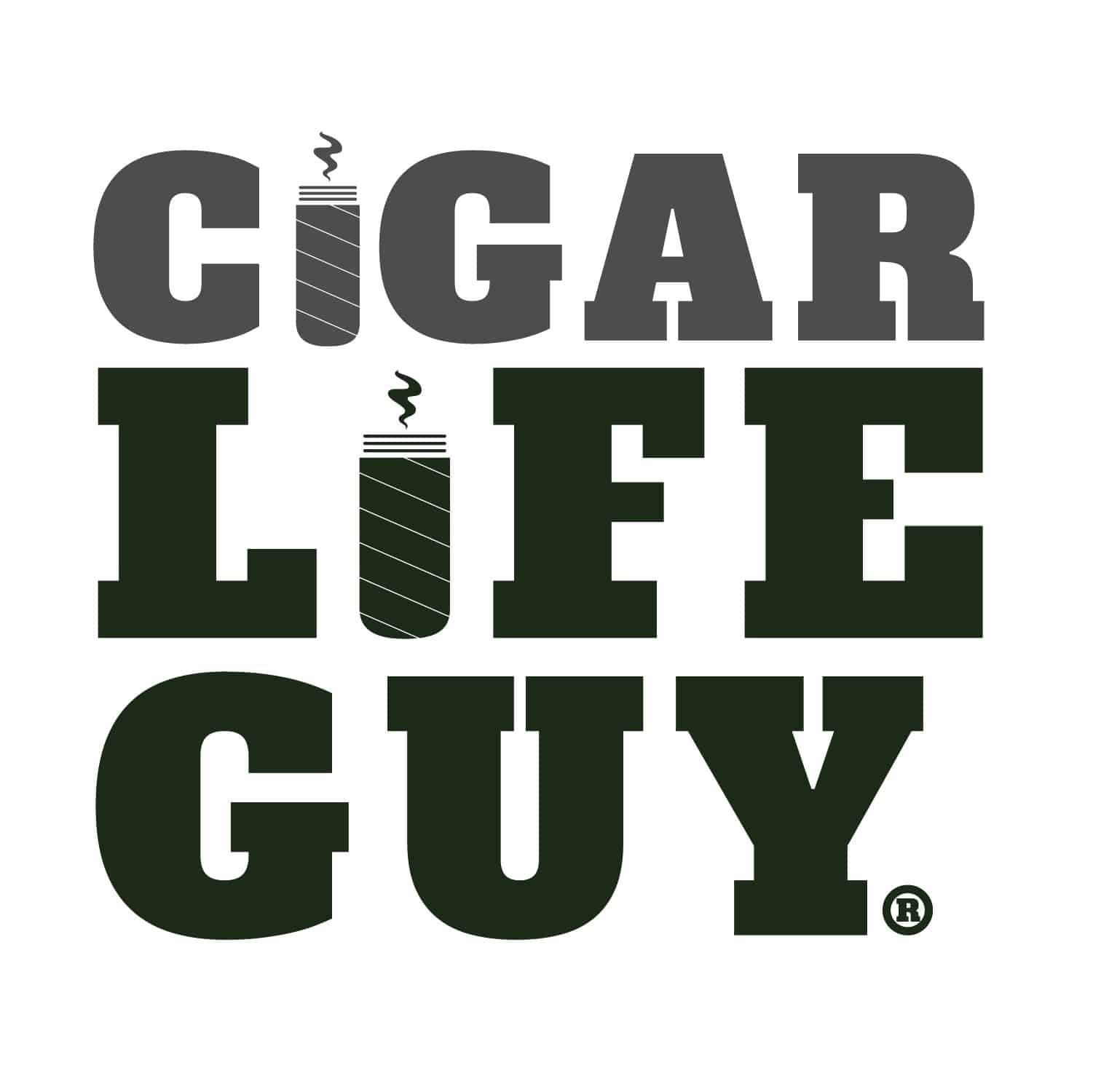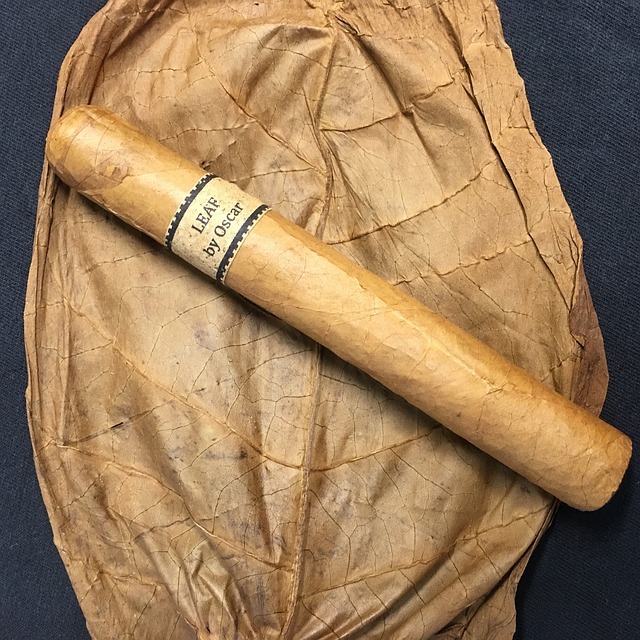A guide to cigar wrappers — what is arguably the most important part of the cigar.
When you think of a cigar’s flavor and aroma, the first things that come to mind are the types of tobacco leaf used. After all, the leaf makes up the dense, springy interior. The surprising truth is that cigar wrappers account for between 60% and 90% of a cigar’s flavor and aroma profile. They are also 100% responsible for a cigar’s signature color.
So, it’s not uncommon for manufacturers and smokers to refer to their sticks by the type of leaf. For instance, “I only smoke Habanos”, or, “Let’s try one of these Double Maduros.”
In the second part of our “crash course” series on Cigar anatomy, we’ll take a closer look at the different types of tobacco leaf. The leaf is what makes up the most flavorful, aromatic, and beautiful structural element of any good stogie.
Connecticut
You can probably guess where the Connecticut leaf comes from. This common wrapper is an American-grown leaf. It’s grown under conditions not found elsewhere in the world. In other words, it’s grown beneath screens to protect plants from unpredictable weather conditions. (This is where the term “Connecticut Shade” comes from).
Reduced sunlight encourages dense, healthy leaves. It also encourages a mild flavor and aroma with notes of cedarwood and light spice.
Corojo
The Corojo leaf is generally grown in Honduras, though it used to be grown in Cuba before the embargo. It’s helpful to think of the Corojo as a thicker and more robust version of the Connecticut leaf. But, the Corojo has more pronounced flavors of spice and pepper. It’s also one of the “toughest” wrappers available. That can help provide you with a longer, slower experience since it takes more effort to puff through.
Habano
Like the Corojo, Habano-style wrapper leaves were once exclusive to Cuba. Because of the embargo, they are now grown in many parts of the world, Nicaragua chief among them. Habano seeds prefer to grow in rich, volcanic soil. That leads to bolder flavors and higher nicotine content. Both, of which, can make it harder to handle for many new smokers.
Yet, the same conditions that give the Habano its potency also led a wonderful sweetness not found in other leaves. If pure Habano sticks are too strong for your taste buds, consider a hybrid-style wrapper. The Habano-Corojo or the Habano Rosado are good choices.
Maduro
Maduro leaves are the dark and decadent wrappers used in some of the world’s finest cigars. They provide the depth of sweetness that compliments a good cocktail pairing. Maduros need a long aging and fermentation process. So, many tobacco species and leaf types aren’t made into Maduros. This is one of the reasons why they are often more expensive than other varieties.
Double Maduro
Also known as “Oscuro,” the Double Maduro Leaf takes the aging and fermentation processes of the Maduro leaf to a new level. It increases the iconic Maduro attributes of deep color and lingering sweetness.
Candela
Recently, the young, green Candela wrapper has become more popular among American smokers. That includes the Cigar Life Guy team. The relatively quick production process of the Candela leaf gives it a district, green color, and a milder profile than other wrappers. This also means that Candelas are less suitable for long-term humidor aging. So, they are best enjoyed promptly.
Sumatra
Sumatra leaf takes its name from the Indonesian country of the same name. These wrappers are a favorite of many new and younger smokers. That’s because of the signature cinnamon flavor and aroma it produces. Sumatra leaves are thick enough to withstand moderate aging and fermentation. So, that makes many subcategories of “Dark Sumatra” also an option.
Cameroon
This African-grown leaf is a genetic offspring of the Sumatra wrapper. It was first brought to the area by Dutch colonists. The intense sun exposure of West Africa encourages dense pockets of natural tobacco oils to form in the leaf. This, in turn, provides the rough and “toothy” texture of the cigar exterior. Flavor profiles range from toasty and woody to sweet and buttery. Bolder and more pronounced flavors are a result of those dense oil pockets.
Become an Expert: “Stripping” The Cigar Wrappers
Interested in experiencing the powerful effect of the Wrapper Leaf firsthand? Try this:
It’s possible to strip the wrapper leaf from the cigar using an X-Acto knife while leaving the binder and fill intact. This lets the smoker experience a few puffs of the interior leaf types before the burn reaches the wrapper leaf.
Once you familiarize yourself with your favorite styles of wrappers, try one of the dozens of hybrid-style wrappers. They mix the flavor and aroma components in fantastic, new ways.
photo credit: Pixabay


